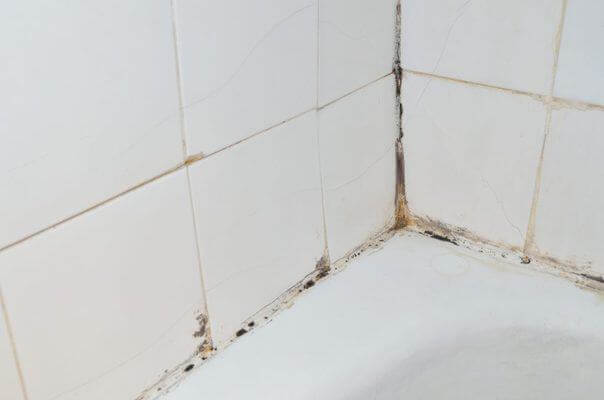Recognizing mold in a timely manner is crucial as it facilitates easier removal. Common areas where mold tends to grow in homes include damp walls and ceilings, particularly in bathrooms and basements, as well as in moist or previously damp textiles and even inside refrigerators. Mold is often accompanied by a distinct odor, characterized as musty, dusty, or earthy, sometimes reminiscent of the scent of potatoes. Being able to identify these signs and smells can help in promptly addressing mold-related issues and taking appropriate remedial measures. If you obsеrvеd any indications of mold in your rеsidеncе, such as visiblе growth, a musty aroma, or hеalth-rеlatеd symptoms, it’s worthwhilе to contеmplatе mold tеsting. Rеgardlеss of your location, you can sеarch for in-dеpth mold tеsting in Tucson if you rеsidе in that city, or locatе a rеputablе sеrvicе providеr in your local vicinity. Profеssional mold tеsting sеrvicеs еmploy spеcializеd еquipmеnt and tеchniquеs to accuratеly еvaluatе thе еxtеnt of thе mold problеm in your homе. Thеy can also pinpoint specific mold typеs, which is crucial for dеtеrmining thе optimal approach for rеmoval and rеmеdiation. Since bathrooms are typically the most humid spaces, many people experience mold in their bathrooms. It’s often a combination of a moist indoor environment and insufficient ventilation. By adequately ventilating the bathroom, you can significantly reduce the chances of mold growth. But what should you do if the mold is already present? You can use mold remover or some home made remedy. Read more about it here!
Removing Mold Yourself
To address mold, you must first identify the cause. If you don’t address the cause, the mold will keep coming back. You can assume that the affected area is too humid. To prevent mold, it is necessary to control moisture. The first step is to permanently remove excess moisture.
Moisture Removal
Mold is caused by excess moisture. You can remove excess moisture by heating the air, ventilating daily, using dehumidifiers, and applying the right paint. Use special bathroom paint, lime paint, or paint with moisture-resistant properties. This will help keep mold at bay.
Use Vinegar
Vinegar is a commonly used remedy against mold. Vinegar is not very aggressive, so it is only effective against mild mold. The easiest way to apply vinegar is by using a spray bottle directly on the mold. Use a face mask to avoid inhaling mold particles.
Use Baking Soda
If it’s a small area of mold, you can likely remove it yourself. The most environmentally friendly way to tackle mold is by using baking soda. Dissolve 5 to 10 grams of baking soda in 1 liter of water. Wear a face mask and gloves as the released mold particles can be harmful. Then brush the mixture onto the mold spots using a stiff brush. Include a considerable area around the mold. Young molds can be difficult to see. For any grout lines, use a toothbrush. Allow the mixture to sit for a few hours after brushing and rinse with clean water. If you still see mold, repeat the treatment.
Use Bleach
If baking soda doesn’t suffice, you can use bleach. Mix 25 ml of bleach with 1 liter of water in a bucket. Wear a face mask and gloves. Wet the moldy areas with a sponge or spray bottle. Allow the area to dry thoroughly. Repeat the treatment if necessary.
Use Cleaning Products
Other effective cleaning products to eliminate mold include mold cleaner. Be cautious with aggressive ammonia. Not all surfaces can withstand ammonia. Never mix ammonia or an ammonia-containing cleaning product with bleach. The combination creates a toxic gas. You can use the cleaning products listed above.
Use a Moisture Meter
Once the wall has completely dried, check if the mold is gone. The surface should dry for more than a day. You can use a moisture meter if needed. If the mold is still present, you will need to remove it again. Goodluck!

